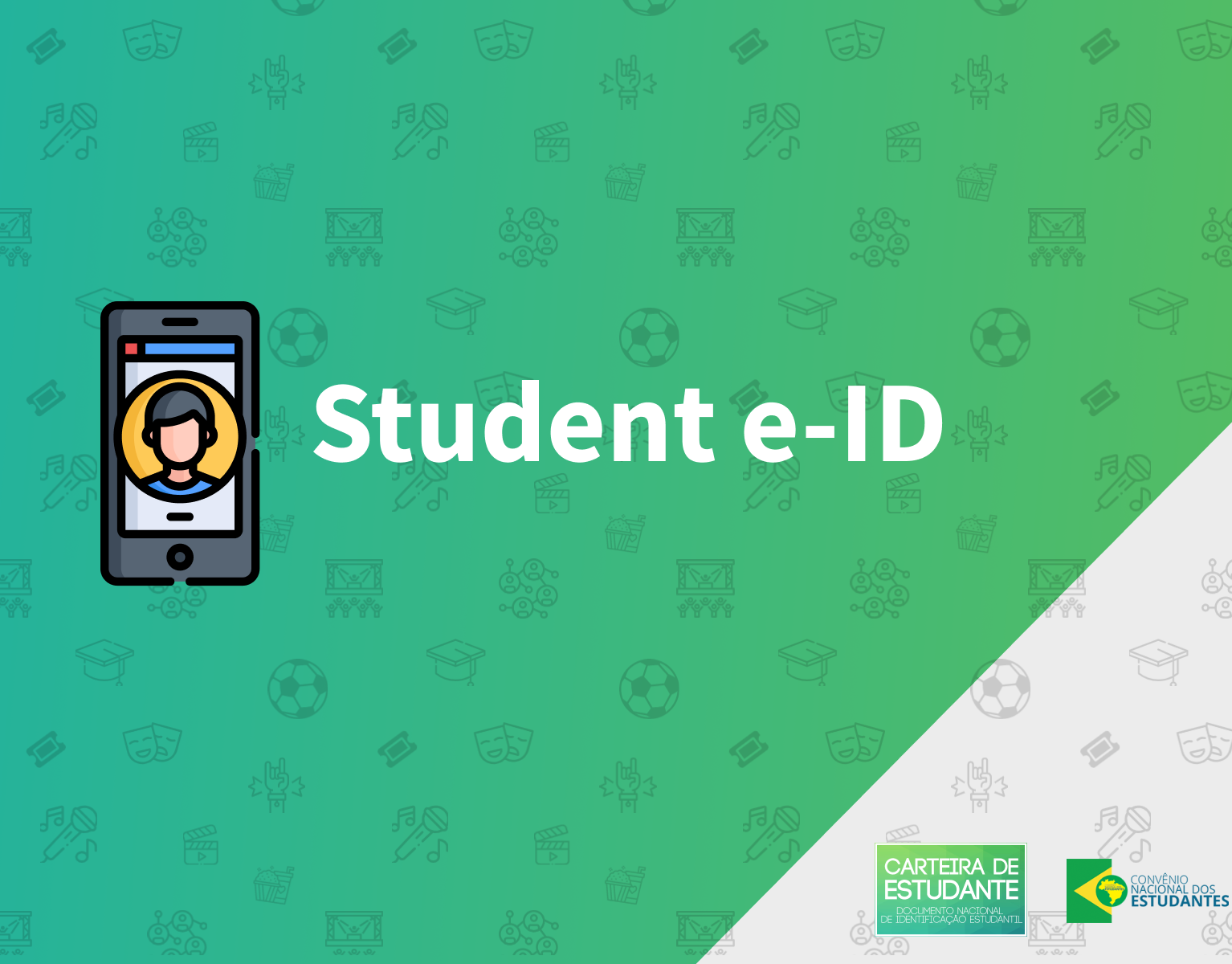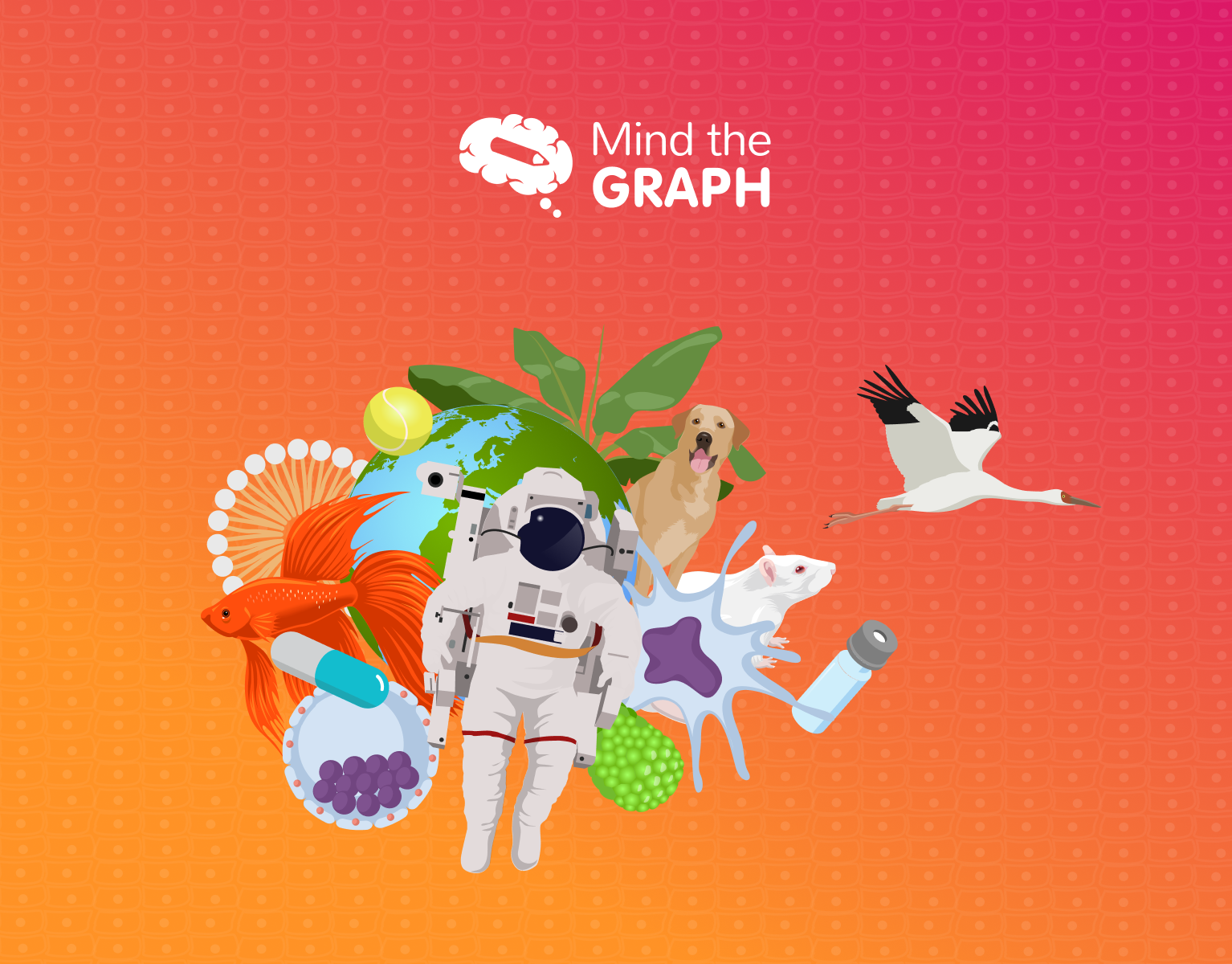The company & product context
By 2020, Kenoby was the series A SaaS startup behind one of the most visited websites in LATAM: the SaaS recruitment software behind the local job application & recruitment processes for 230+ B2B clients such as Renault, Decathlon, Leroy Merlin and McDonald's. The tool processed over 50 MI job applications a month, averaging at 21 million MAU amongst recruiters, company managers and job applicants.
Within their contexts, most of the clients had high-profile industrial & commercial operations with both large amounts of job openings and applicants - handling up to 600,000 job applicants a month. In practical terms, finding an efficient way to manage workforce supply deadlines and properly assessing the pipeline of candidates in technical roles was a very challenging task for our partner R&S professionals - and the product aimed at closing the gap in the aid of recruitment processes automation.
My role & what I brought to the table
By the time I joined Kenoby's team, the product had been competing for a leadership position on the Brazilian market - and a new round of investment (Series A) had just arrived. It was time to align our strategic vision and execute on the key priorities and opportunities the team had been gathering for the past few months.
I was brought in by the Product team as a Product Analyst & Designer to directly collaborate with PMs, Product Designers, and customers on keeping track of product metrics and leading initiatives on product discovery, tech requirements, and design efforts on topics such as predictive AI for candidate assessment, automation of R&S processes, and data privacy.
Let's take a look at the challenge for a minute
I find HR and recruitment to be one of the most interesting industries to work with - Automating processes and innovating is a very sensitive problem to tackle in such human-based processes such as people assessment. We had to consider both how to improve the efficiency of recruiters, but also the job candidate experience and the dynamic market of dealing with big SaaS clients and stakeholders.
Through early assessments of opportunities between product, customer support, sales and c-level management, we had an aligned belief in the vision that simplifying candidate screening and increasing automation of skill assessment stages provided us with the key available opportunities for product growth on the market - and we were aiming at making sure the product supported big company operations in a variety of sectors - from blue collar to tech.
It was my mission to explore the scenario and aid on the preparation of solutions which explored opportunities and improved the relationship with our key customers.
So - what did we decide to do about it?
My kick-off initiative was to run an internal investigation to map the scenario & internal knowledge together with stakeholders.
Due to the collaborative nature of this process, leveraging a close relationship with the product squads, marketing, customer success and executive teams were equally important to making sure that they were active participants in the process of defining and aligning on hypotheses and questions which would later be translated into an updated product strategy.
It is my belief that the team engages better on insights and outcomes once they're pretty much aligned and involved in this development process - That's particularly highlighted at the kick-off and follow-up stages as more integrated small teams can come up with much well-rounded quality solutions.
Based on findings from customer interviews aimed at understanding the problem space and prioritizing opportunities, It turns out we had a 360 scenario that looked somewhat like this:
Due to the collaborative nature of this process, leveraging a close relationship with the product squads, marketing, customer success and executive teams were equally important to making sure that they were active participants in the process of defining and aligning on hypotheses and questions which would later be translated into an updated product strategy.
It is my belief that the team engages better on insights and outcomes once they're pretty much aligned and involved in this development process - That's particularly highlighted at the kick-off and follow-up stages as more integrated small teams can come up with much well-rounded quality solutions.
Based on findings from customer interviews aimed at understanding the problem space and prioritizing opportunities, It turns out we had a 360 scenario that looked somewhat like this:
From that point on, we knew we had 3 key lenses from which the situation could be approached: The R&S process with its own decision-making processes, our job applicants experience and concerns, and the available assessment technologies to explore.
The kanban of questions
Realistically speaking, at that point we had opportunities mapped - But each one of those items would require exploration, experimentation and a few different launches.
I've prepared the concept of a ”kanban of questions”, where we could leverage continuous discovery to move the product decision-making forward, instead of waiting for longer initiatives to get prepared.
The kanban structure was organized into our product & design Notion directory and worked like this:
The advantage of a large base of users allowed us a lot of flexibility to generate multiple entry-point events and user segments for the development of predictive models and evaluation of new feature launches. For each of our high-level desired outcomes, we were able to formulate a set of different experiments to analyse for user behavior trends and customer NPS. While some included A/B tests, other included the controlled availability of certain features to key testing customers.
3. Recruiting & selection assessment methods development
A big challenge on the room was how to arrange & test the different assessment methods being explored by the product teams. We had two key research & development areas:
Each approach had its own realm of goals, pros and cons:
- Psychometric & technical tests were proven effective by previous scientific studies, and aimed at improving the quality of hires in companies while giving competitive opportunity to candidates who might not come from a privileged demographic group or background. Those hypotheses and goals still needed to be well-refined within our clients' context towards high-quality tests with lesser bias possibilities.
- Digitalization & automation models presented good opportunities to aid HR recruiters in the CV-screening process and properly handling overloads of job applicants. On the other hand, the fact that the learning models mostly relied on previous human decision history or arbitrary definition of role requirements, we knew it had to be consistently tested towards a solution that would satisfy and be considered fair and competitive by both HR teams and job applicants .
- Digitalization & automation models presented good opportunities to aid HR recruiters in the CV-screening process and properly handling overloads of job applicants. On the other hand, the fact that the learning models mostly relied on previous human decision history or arbitrary definition of role requirements, we knew it had to be consistently tested towards a solution that would satisfy and be considered fair and competitive by both HR teams and job applicants .
Among initiatives, we worked on hiring academic specialists UK Hull University to work in-house with us developing and testing the psychometric models, while we were responsible for preparing the technology and processes to the end-user. Meanwhile, our automation models testing responsibility was shared with the tech team - who would develop a couple different models per sprint, with which I'd then test and rank results together with a specialist group of partner HR recruiters from some of our top clients.
To further aid on those teams' efforts, I also took a secondary role on assisting on the development of hypotheses for systematic testing, and collecting end-user feedback through our automated surveys;
Product response: Communicating findings & building an internal community
Communicating and assigning actions points to each of our findings were as important as finding them in the first place. I connected with each relevant team in the company to make sure we had a structured process to act upon the central user feedback and ensure we were offering a well-rounded solution:
Communicating and assigning actions points to each of our findings were as important as finding them in the first place. I connected with each relevant team in the company to make sure we had a structured process to act upon the central user feedback and ensure we were offering a well-rounded solution:
The vision and what we accomplished
A final look was to understand how the opportunities that we'd explored, developed and tested actually helped us to get towards our vision - and which details we'd need to figure out next.
Our automation initiatives were spread accross a couple of quarters, and included its own set of smaller releases for development and iteration per sprint. Achieving our experience goals with enhanced customer feedback and visibility took a few months of collaborative work with the complete design team & product squads.
You can check below a sample of the high-level concepts (initial vs iterated experience) of our job application feedback enhacement results:
Our automation initiatives were spread accross a couple of quarters, and included its own set of smaller releases for development and iteration per sprint. Achieving our experience goals with enhanced customer feedback and visibility took a few months of collaborative work with the complete design team & product squads.
You can check below a sample of the high-level concepts (initial vs iterated experience) of our job application feedback enhacement results:
Outcomes, learnings and afterthoughts - a year later
I left the team at the beginning of 2021, with a good feeling to our accomplishments and confidence on what was staying as a legacy within the product experience. Kenoby's team was a very enthusiastic and engaged crew to work with and I'm happy to have been part of that important work against bias in HR recruitment processes.
Around a year later, the company decided to join forces and merged with its key local competitor, Gupy. Together they formed what's up to this points the consolidated market leader ATS in the Brazilian HR industry, where our work has been continued and the market has grown since.
Working at initiative this was a very interesting experience that pushed me into new and exciting contexts. Improving efficiency and yet managing very tradicional industry stakeholders gave me an opportunity to explore exiting product opportunities while building a relationship with many different customer profiles.
Around a year later, the company decided to join forces and merged with its key local competitor, Gupy. Together they formed what's up to this points the consolidated market leader ATS in the Brazilian HR industry, where our work has been continued and the market has grown since.
Working at initiative this was a very interesting experience that pushed me into new and exciting contexts. Improving efficiency and yet managing very tradicional industry stakeholders gave me an opportunity to explore exiting product opportunities while building a relationship with many different customer profiles.

